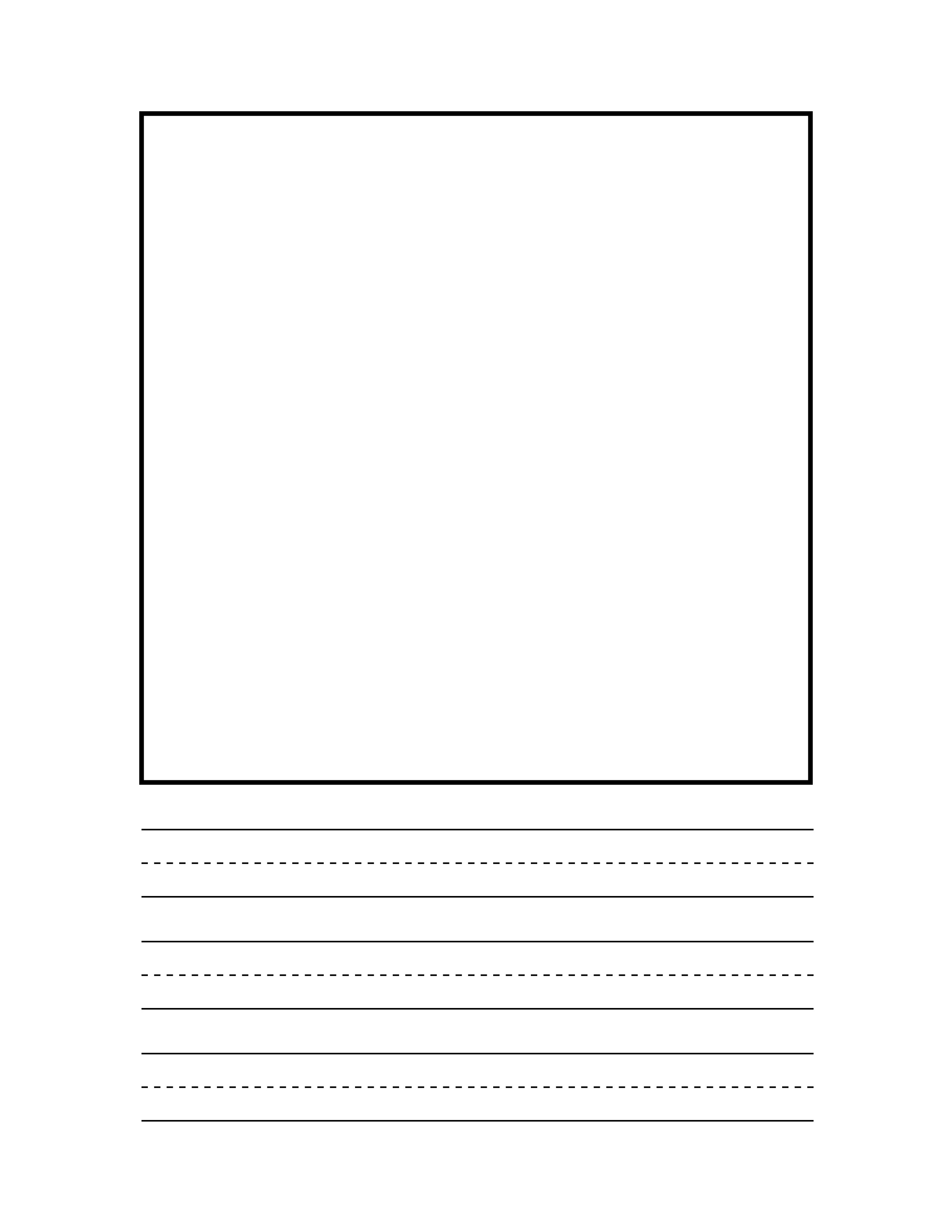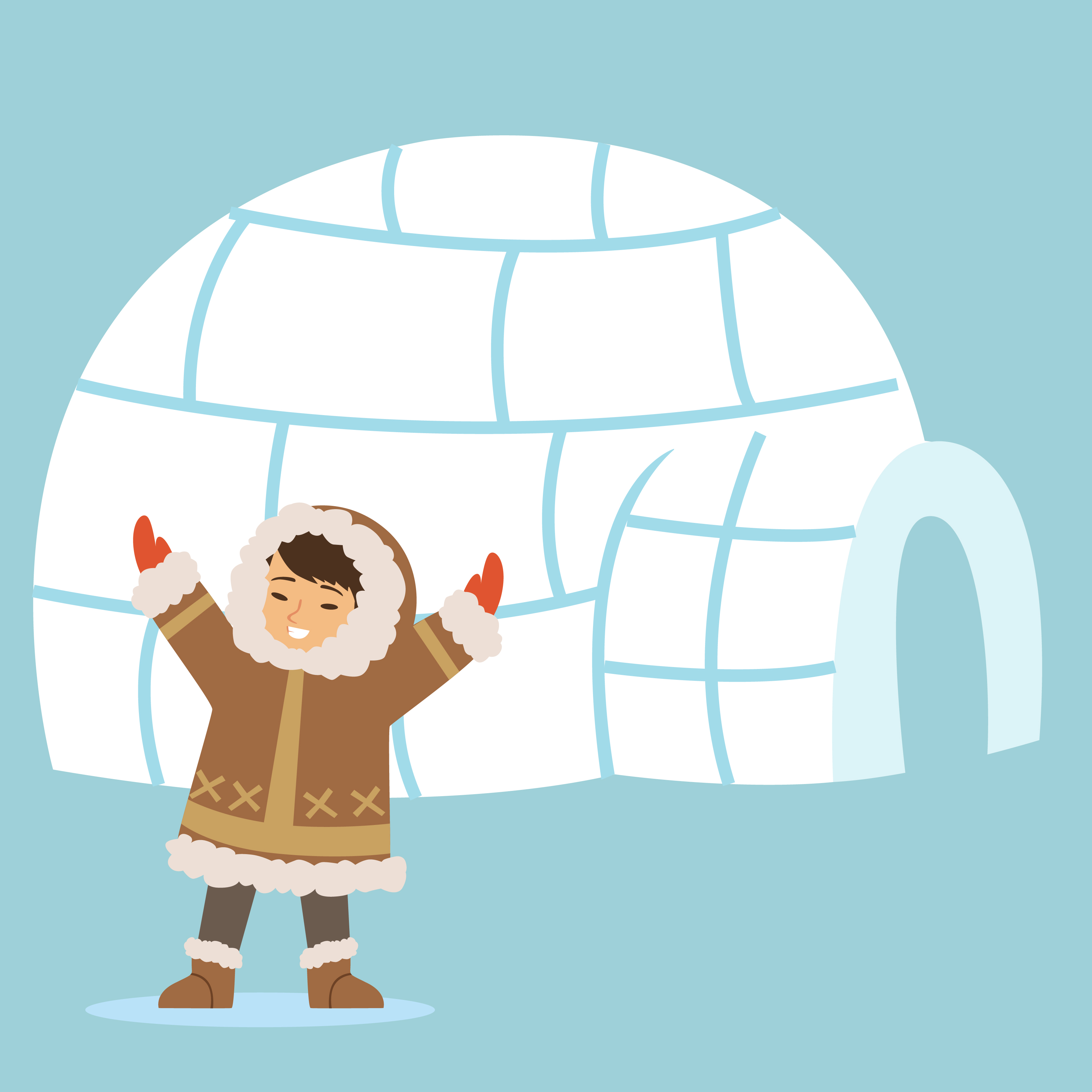Step 1: Watch This
Step 2: Read Aloud
Read Mama, Do You Love Me? by Barbara M. Joosse, illustrated by Barbara Lavellee and Curious George Builds an Igloo adapted from the Curious George tv series. This makes for a opportunity to focus on the vowel “I”. This lesson also provides an opportunity to discuss diversity.
It is important to note that this lesson was initially named Eskimos & Igloos. Although Inuits & Igloos is a far better title phonetically, the actual reason for the name change was ethical. I found out in the course of my research that Eskimo is a derrogatory term and that Inuit is typically the term used in its place.
Step 3: White Board
This is our first drawing of a person, which makes this is a good time to talk about how we can tell one person from another in a drawing. How would we know a cook from a fireman? A cook would wear an apron and maybe have on a chefs hat. A fireman would be wearing his fireman uniform and fireman's hat. Clothing is a key way we draw a character's profession. Our Inuit child will have on a heavy coat, a fur hat, and warm boots.
Another key way we can convey information about the characters we draw is by what's in the picture with them. A farmer might have a plow in the picture, or there might be a garden in the background. To show our character is an Inuit, we will add an igloo to our picture, but we could also add a sled and a sled dog, a canoe, or even a penguin. Also, Don't Forget: In this step you want to demonstrate on your white board and then have the child practice on his or her board.
Step 4: Rough Draft
Next have the child practice drawing an Inuit child on the rough draft paper. Use a lightly drawn circle to indicate placement, leaving room for the igloo. Talk about why the child is wearing a fur hat and boots. It's cold where this child lives. What else could we draw in the picture to show that it's cold?

Step 5: Trace and Color
Now trace the child's drawing to a 6x6 square of art paper. Under close supervision or wearing clothes that can be stained with marker, you may want to use markers in fleshtone colors such as the Tombow Dual Brush Portrait set. Another option is to use colored pencil to color the drawing in order to get good flesh tones.
Children that are new to coloring or have not developed a desire to stay in the lines can be taught to follow the edges of their drawing when coloring rather than going back and forth horizontally or vertically. Slow and soft are also helpful words to reduce coloring outside the lines. If the child is working with colored pencils, don't hesitate to clean up the coloring with your eraser.
Step 6: Add Text & Read
This project will be one of many in an ongoing Around the World journal. A fun way to present this artwork is as a scrapbook. If you do it this way, the child can do the writing. Use the bottom half of a piece of Rough Draft Paper to write the sentence. Then cut it out and add it to the scrapbook page with the artwork.
As you add pages to the Around the World journal, be sure to read previous pages again and again. Repetition is one of the keys to building a confident reader. Most of all, don't forget to tell your budding reader how proud you are of all their hard work and great reading!
